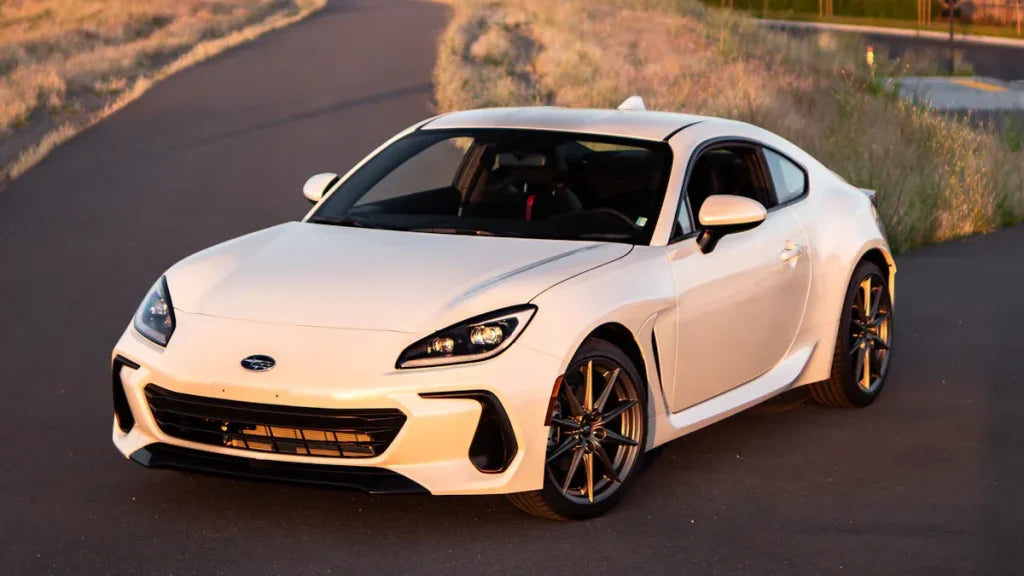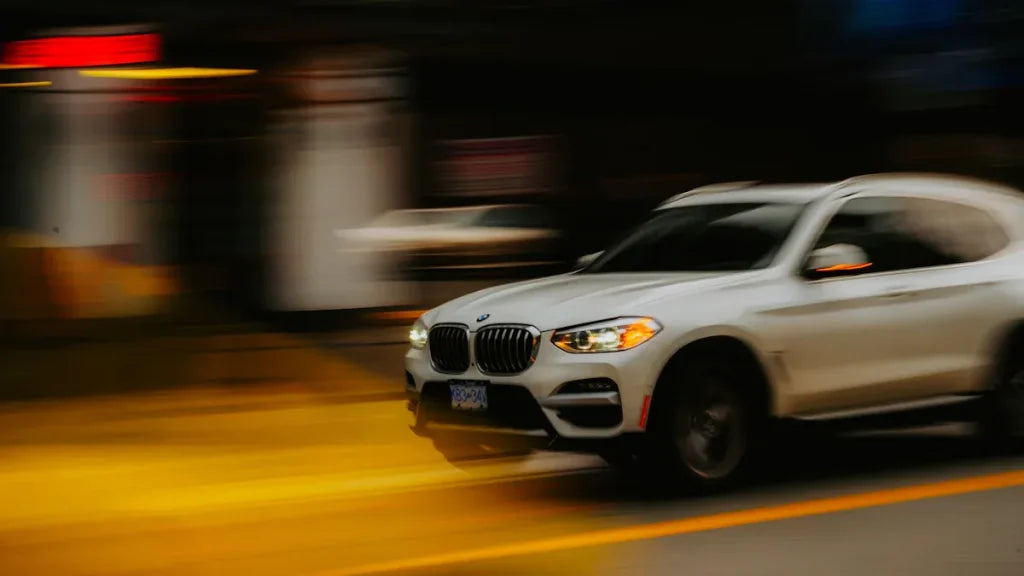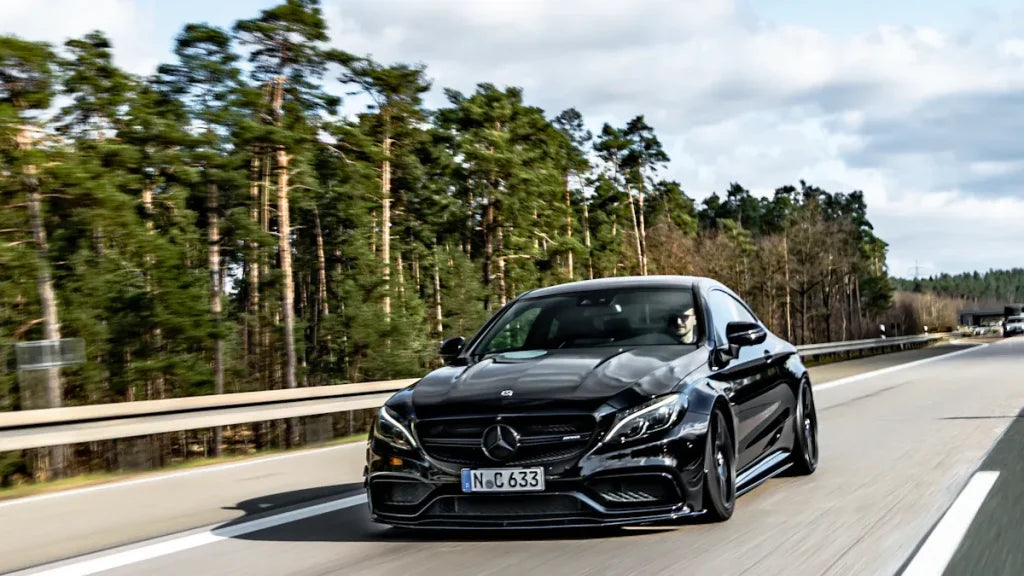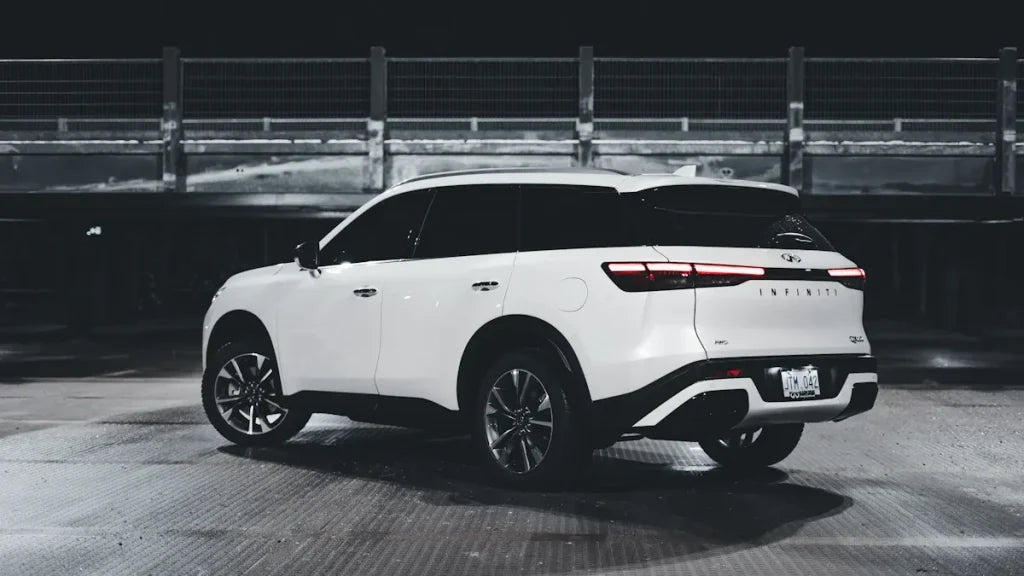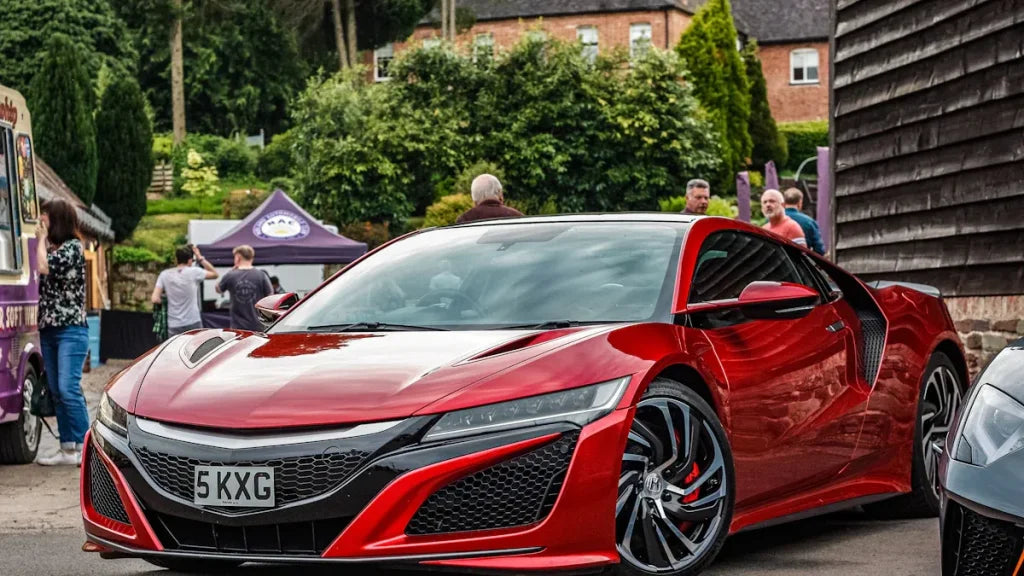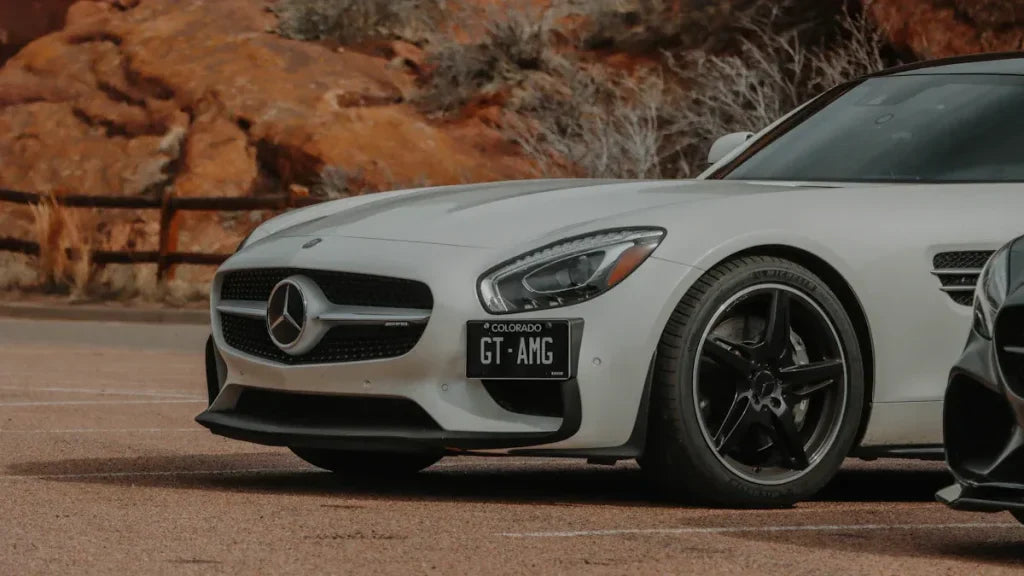CarbonXtreme Post
Toyota GR86 vs Subaru BRZ Performance and Features Compared
The 2025 Toyota GR86 and Subaru BRZ share the same 2.4L flat-four engine with 228 horsepower, yet they deliver unique personalities. The GR86 emphasizes playful dynamics with firmer suspension tuning and a lower starting price of $31,135, appealing to budget-minded enthusiasts. The BRZ, starting at $32,380, provides smoother steering, a quieter cabin, and refined interior materials, making it better suited for comfort-focused drivers. Both achieve 0–60 mph in just over 5 seconds, but the BRZ edges ahead in fuel economy and long-term ownership costs, saving about $2,320 in insurance over five years. Your choice ultimately depends on whether you value affordability and spirited driving (GR86) or refinement and practicality (BRZ).
BMW X3 vs Audi Q5: Performance and Price Insights for Buyers
The 2025 BMW X3 and Audi Q5 compete head-to-head in the compact luxury SUV segment. The BMW X3 delivers 255 horsepower, sharper handling, and a quicker 0–60 mph time of 6.0 seconds, making it the sportier option. The Audi Q5, with 201 horsepower and standard Quattro all-wheel drive, emphasizes comfort, stability, and a more refined cabin. Pricing also differentiates the two, with the Q5 starting at $45,400, while the X3 begins at $49,500 but includes three years of complimentary maintenance. The X3 appeals to drivers who prioritize performance and fuel efficiency, while the Q5 offers strong value, standard AWD, and a luxurious interior.
BMW M3 vs M4 Engine and Performance Differences Explained
The BMW M3 and M4 showcase BMW’s S58 3.0-liter twin-turbo inline-six engine, delivering up to 543 hp in top-spec CS and CSL variants. While both share the same powerhouse, they serve different driving needs. The M3 sedan emphasizes practicality with four doors, balanced weight distribution, and a smoother ride, making it versatile for everyday use. The M4 coupe, slightly lighter with sharper handling and better agility, caters to enthusiasts who prioritize track-ready performance and dynamic cornering. Both offer a 6-speed manual or 8-speed automatic, plus RWD or xDrive AWD. Choosing between them depends on whether you value the M3’s usability or the M4’s sportier focus.
Mercedes C43 AMG vs BMW M340i The Ultimate 2025 Sport Sedan Duel
The 2025 Mercedes-Benz C43 AMG and BMW M340i deliver two distinct approaches to sport-luxury driving. The C43 AMG, powered by a 2.0L turbocharged inline-4 with electric turbo assist, produces 402 hp and accelerates from 0–60 mph in 4.0 seconds. Its 4MATIC+ all-wheel-drive system and AMG Ride Control suspension emphasize grip and sharp cornering, making it ideal for those seeking raw performance. The BMW M340i, with a 3.0L TwinPower Turbo inline-6 engine producing 382 hp, achieves 0–60 mph in 4.4 seconds. Its Adaptive M Suspension balances comfort and sportiness, while the rear-wheel-drive layout (with optional xDrive) offers versatility and a smoother ride. Both sedans reach a top speed of 155 mph, but the Mercedes focuses on agility and excitement, whereas the BMW prioritizes refinement, space, and daily usability.
Performance Battle: Mercedes C43 AMG vs BMW M340i in 2025
The 2025 Mercedes-AMG C43 and BMW M340i represent two different takes on the modern sport sedan. The C43 features a 2.0L turbocharged 4-cylinder with 48V hybrid assist, producing 408 hp and 500 Nm of torque. Its lighter engine, AMG Ride Control suspension, and sharp steering make it agile and engaging, especially on twisty roads. The BMW M340i, powered by a 3.0L inline-six TwinPower Turbo with 382 hp and 500 Nm of torque, emphasizes smooth power delivery, strong acceleration (0–60 mph in 4.4 seconds vs. 4.6 for the C43), and everyday comfort thanks to Adaptive M Suspension. Both cars share a 155 mph top speed and premium interiors, but the BMW prioritizes comfort and long-distance usability, while the AMG leans toward aggressive handling and track-inspired sharpness. Choosing between them depends on whether you value refinement and balance (BMW) or agility and sport-focused excitement (Mercedes).
2025 BMW M3 vs M5: Which M Car Will Rule Your Drive?
The BMW M3 vs BMW M5 comparison highlights two distinct approaches to performance sedans. The M3, powered by a 473 hp inline-six, emphasizes agility, lightweight handling, and affordability. It excels on twisty roads and racetracks while remaining practical for daily use. The M5, with its 600 hp twin-turbo V8, offers blistering acceleration, advanced AWD stability, and a luxurious, spacious interior. While the M3 retains value better and suits drivers seeking sharp dynamics at a lower cost, the M5 caters to those prioritizing comfort, power, and versatility. Choosing between them depends on whether you value nimbleness or refined luxury.
Future Car Model Comparison Trends 2025 Explained
The Future Car Model Comparison Trends 2025 highlight how the automotive industry is shifting toward electric and hybrid vehicles, autonomous driving, and sustainability. EVs now dominate with ranges exceeding 400 miles and rapid charging capabilities, while hybrids achieve impressive fuel efficiency over 50 MPG. Luxury cars integrate AI-driven comfort and eco-friendly materials, and budget-friendly models emphasize practicality and resale value. Consumer demand for customization is growing, supported by digital tools and AR configurators. With vehicle-to-infrastructure (V2I) and AI advancements, 2025 marks a new era where performance, connectivity, and sustainability define the best cars.
Old Honda NSX vs New Acura NSX Performance and Design Showdown
The Honda NSX of the 1990s redefined supercars by combining a naturally aspirated V6, lightweight aluminum chassis, and everyday usability. Producing up to 290 hp, it delivered 0–60 mph in around 5 seconds while remaining reliable and practical—qualities rare among exotic cars. In contrast, the modern Acura NSX integrates a twin-turbo V6 with three electric motors, generating 573 hp and achieving sub-3-second 0–60 times. Its hybrid SH-AWD system and advanced aerodynamics ensure exceptional grip, balance, and versatility. Together, these two NSX generations showcase the evolution from a purist’s analog driver’s car to a hybrid supercar pushing technological boundaries.
Mercedes-AMG GT vs Porsche 911 Turbo S Performance Showdown
The Mercedes-AMG GT and Porsche 911 Turbo S embody two distinct philosophies of high-performance luxury. The AMG GT, with its 4.0L twin-turbo V8 and rear-wheel-drive setup, delivers 549 hp and a raw, thrilling driving experience starting at $295,000. In contrast, the Porsche 911 Turbo S, with a 3.8L flat-six and advanced AWD, produces 640 hp, accelerates from 0-60 mph in just 2.8 seconds, and offers unmatched balance, refinement, and daily usability—though at a higher entry price of $366,500. On track, the Porsche dominates in lap times and grip, while the AMG GT appeals to purists with dramatic styling and visceral performance.


